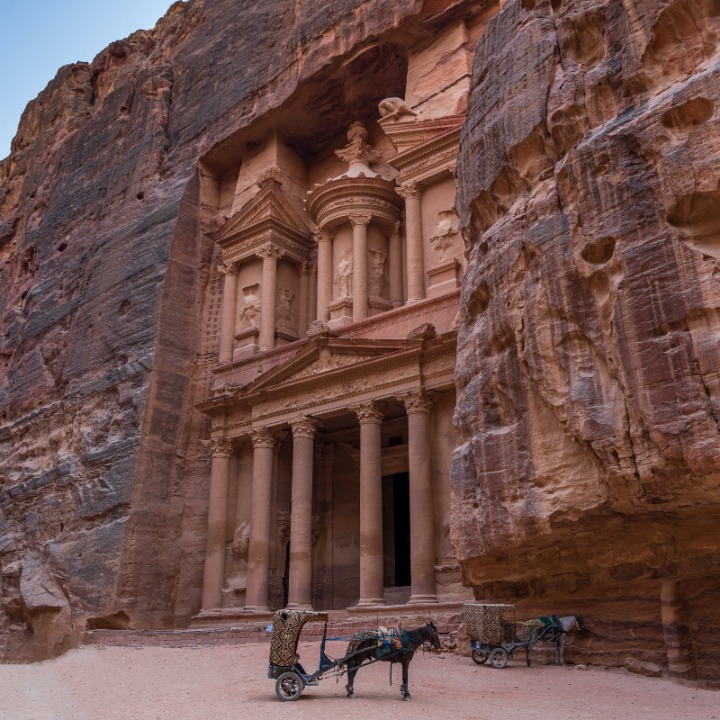
We make lists for groceries, work tasks we need to complete, house chores, wedding plans, travel plans, the lists go on for ages.
But one of the coolest, most interesting lists you will find regarding travel and adventure around our beautiful world is the list of the 7 Wonders of the World.
Did you know there is an ancient, natural, and new list? Check out our Ultimate Wonders of the World Guide to learn more about the ancient, natural, and new lists of the 7 Wonders of the World.
7 Ancient Wonders of the World
The 7 Ancient Wonders of the World, or the 7 Wonders of the Ancient World, is a catalogue of the world’s most spectacular natural and man-made structures.
Lists have been compiled and edited for centuries, beginning in the Mediterranean and Mesopotamia. The wonders are creations of classical antiquity, or the art period, a period of cultural history between the 8th century BC and the 6th century AD centered on the Mediterranean Sea.
Lists created after the Middle Ages include the Catacombs of Kom el Shoqafa, the Colosseum, Great Wall of China, Hagia Sophia, Leaning Tower of Pisa, Porcelain Tower of Nanjing, Stonehenge, Cairo Citadel, Cluny Abbey, Ely Cathedral, and the Taj Mahal.
Herodotus, a historian, and the scholar Callimachus of Cyrene wrote early lists of the seven wonders, and we use their ideas as a reference today:
Great Pyramid of Giza
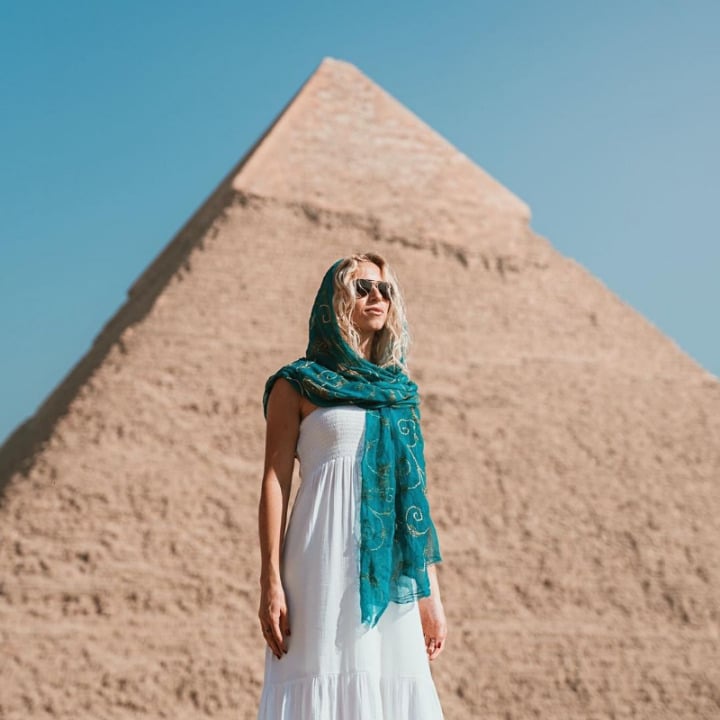
The Great Pyramid of Giza, located in El Giza, Egypt, it is the oldest of the 7 Ancient Wonders and the only one to remain largely intact.
Egyptologists believe that the pyramid was built as a tomb for the Fourth Dynasty Egyptian pharaoh, Khufu, over a 10- to 20-year period concluding around 2560 BC. It initially stood at 481 feet, making it the tallest man-made structure in the world for over 3,000 years until the Lincoln Cathedral, in the UK, was finished in 1311 AD.
Inside the Great Pyramid of Giza, are three chambers, a set of buildings that included two mortuary temples in honour of Khufu, three smaller pyramids for Khufu’s wives, a smaller “satellite” pyramid, a raised causeway connecting the two temples, and small mastaba tombs for nobles surrounding the pyramid.
Colossus of Rhodes
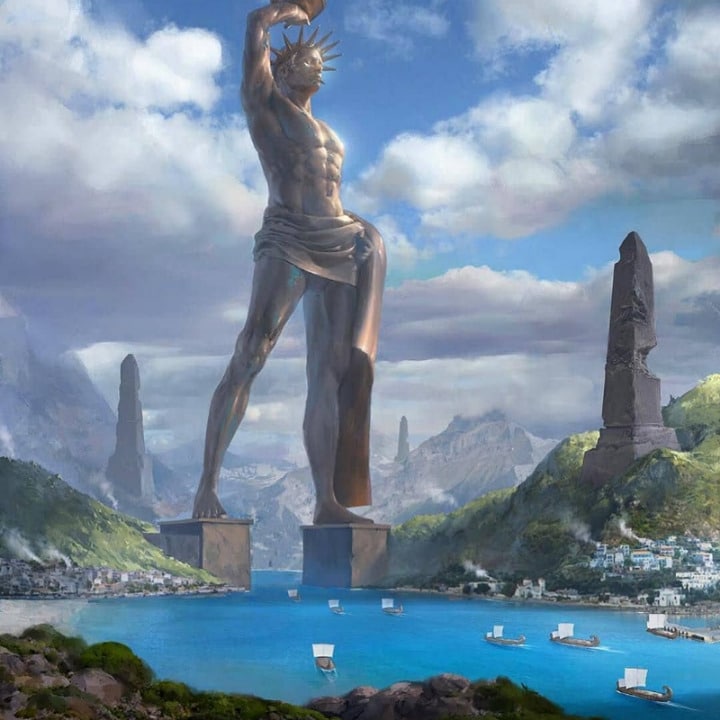
The Colossus of Rhodes, located on the island of Rhodes, in Greece, was a statue of the Greek sun-god Helios in the city of Rhodes, on the Greek island of Rhodes, by Chares of Lindos in 280 BC.
The statue was constructed to celebrate the city’s successful defense against Demetrius Poliorcetes, who had besieged it for a year. It is believed that the Colossus of Rhodes stood approximately 108 feet high, about ⅔ of the height of the American Statue of Liberty, at the entrance to the Port of Rhodes, but the location is still under dispute.
Hanging Gardens of Babylon
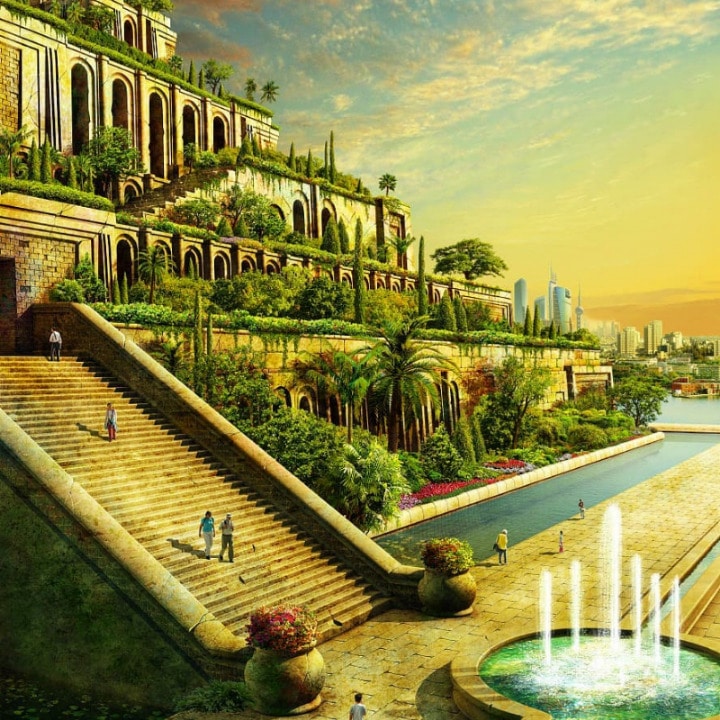
The Hanging Gardens of Babylon, located in Babylon, near present-day Hillah, Babil province, Iraq, were described as a remarkable feat of engineering with an ascending series of tiered gardens containing a wide variety of trees, shrubs, and vines, resembling a large green mountain constructed of mud bricks.
The name is derived from the Greek word, kremastós which means overhanging, referring to trees being planted on a raised structure such as a terrace. There are several stories and legends about the Hanging Gardens, but no Babylonian texts or definitive archaeological evidence that support them.
Lighthouse of Alexandria
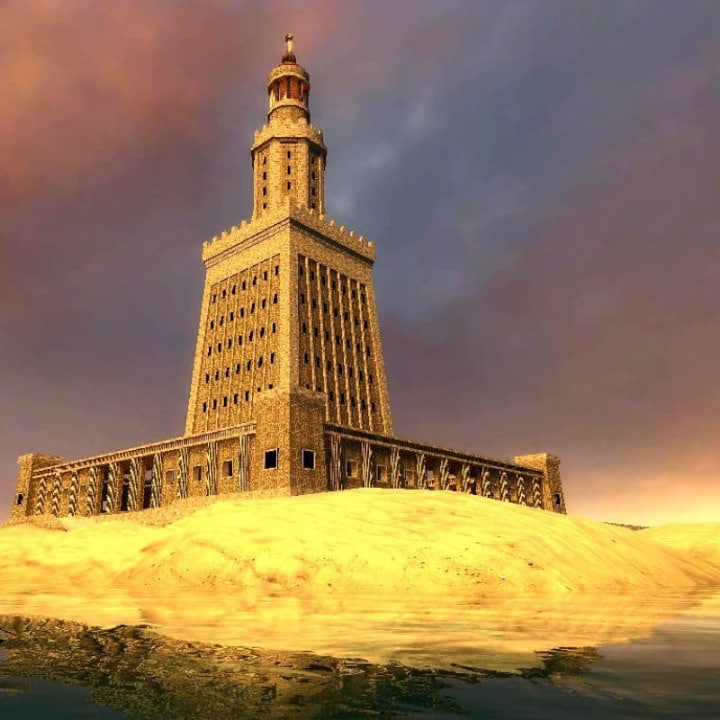
Lighthouse of Alexandria, located in Alexandria, Egypt, sometimes called the Pharos of Alexandria, was a lighthouse built by the Ptolemaic Kingdom, during the reign of Ptolemy II Philadelphus (280–247 BC). It was estimated to be about 330 feet tall, and for many centuries, it was one of the tallest man-made structures in the world.
The lighthouse was damaged by several earthquakes and became an abandoned ruin.
Mausoleum at Halicarnassus
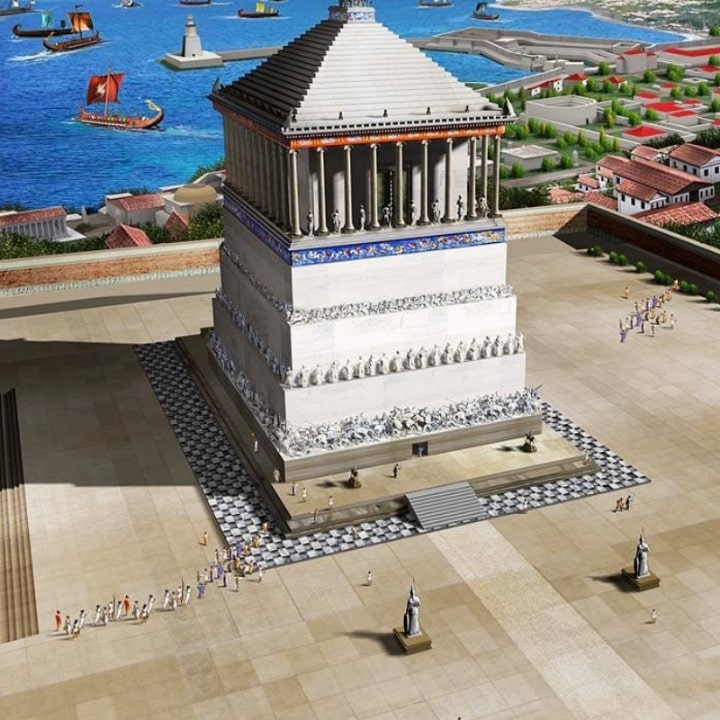
The Mausoleum at Halicarnassus or Tomb of Mausolus, located in Halicarnassus, Achaemenid Empire, modern-day Turkey, was a tomb built between 353 and 350 BC in Halicarnassus for Mausolus, a native Anatolian from Caria and a satrap in the Achaemenid Empire, and his sister-wife Artemisia II of Caria.
Designed by Greek architects, its elevated tomb structure is derived from the tombs of Lycia, a territory that Mausolus had invaded and annexed in 360 BC. The Mausoleum stood about 148 feet tall with four sides covered in sculptures created by Leochares, Byrazis, Scopas of Paros, and Timotheus.
Statue of Zeus at Olympia
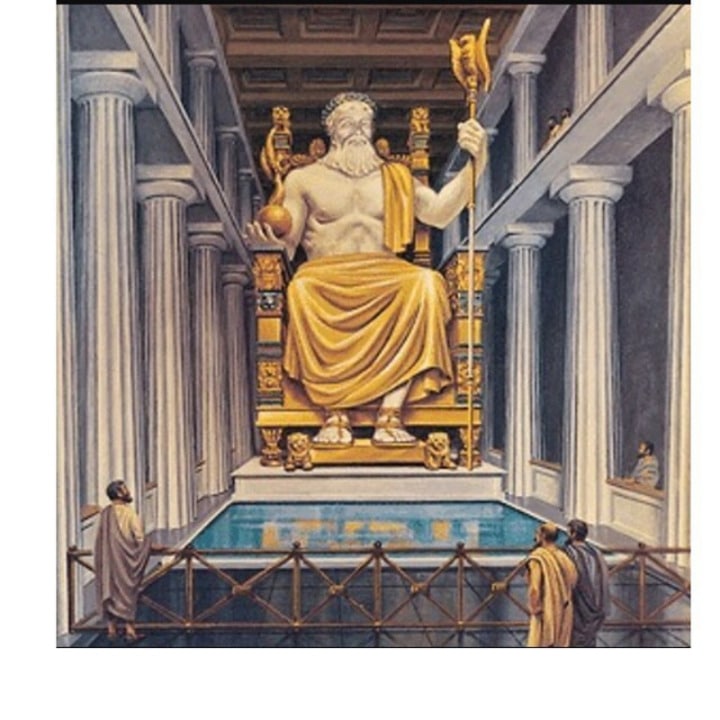
The Statue of Zeus, located in Olympia, Greece, was a 41-foot tall statue of Zeus, the thunder god in ancient Greek religion who ruled as king of the gods in Mount Olympus.
Created by Greek sculptor Phidias around 435 BC, the statue was made of chryselephantine sculpture of ivory plates and gold panels on a wooden framework, with Zeus sitting on a cedarwood throne decorated with ebony, ivory, gold, and precious stones.
The statue was lost and destroyed during the 5th Century AD, the only available information comes from ancient Greek works and it’s representation on coins.
Temple of Artemis at Ephesus
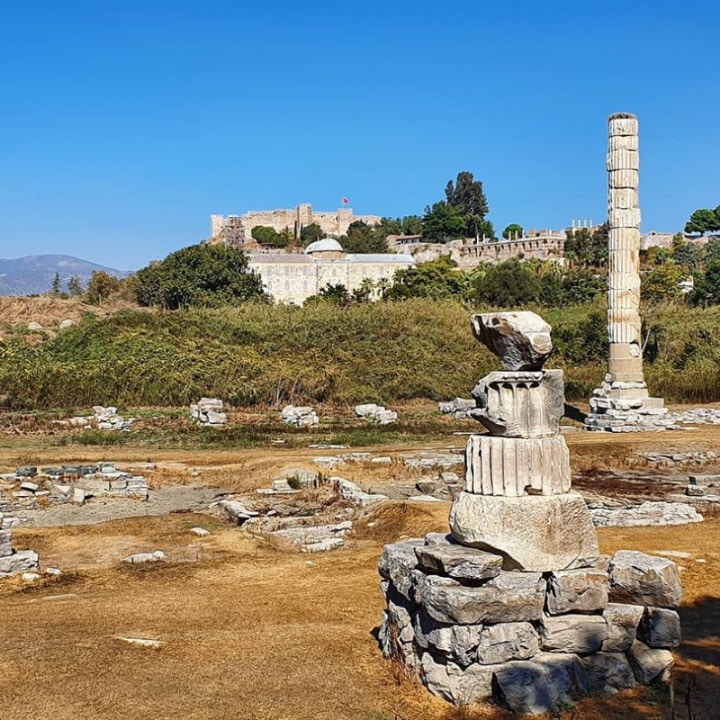
The Temple of Artemis, located in Ephesus (near the modern town of Selçuk in present-day Turkey), also known as the Temple of Diana, was a Greek temple dedicated to an ancient, local form of the goddess Artemis (associated with Diana, a Roman goddess).
This temple was rebuilt twice, and by 401 BC it was ruined and destroyed, only fragments of the last temple remain.
7 Natural Wonders of the World
The list of the Seven Natural Wonders was established to protect the original vision and declaration of the seven natural wonders of the world.
Aurora Borealis
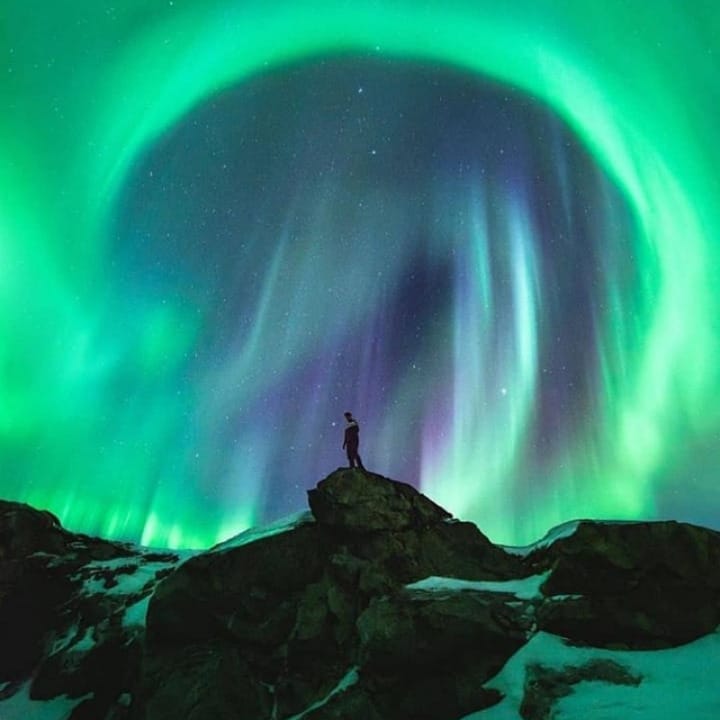
The Aurora Borealis, also known as the Northern Lights, is a natural light display in the Earth’s sky, predominantly seen in high-latitude regions.
Did you know the word “aurora” is derived from the name of the Roman goddess of the dawn, Aurora? Ancient Greek poets used the word to refer to dawn, often mentioning its display of colors across a dark sky.
Harbor of Rio de Janeiro
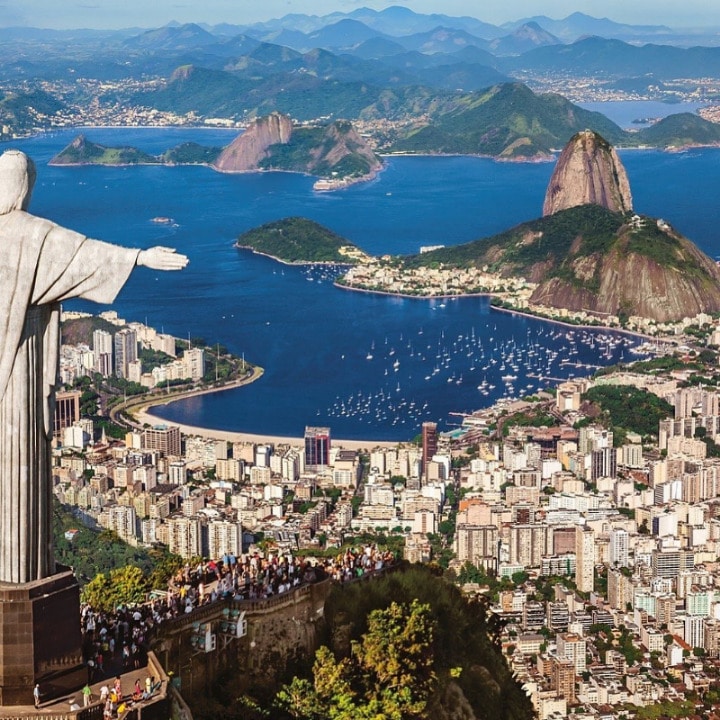
Rio de Janeiro is known for many things, one of them being the beautiful, natural, Harbor of Rio de Janeiro.
Also known as Guanabara Bay, it was created by erosion from the Atlantic Ocean.
Grand Canyon
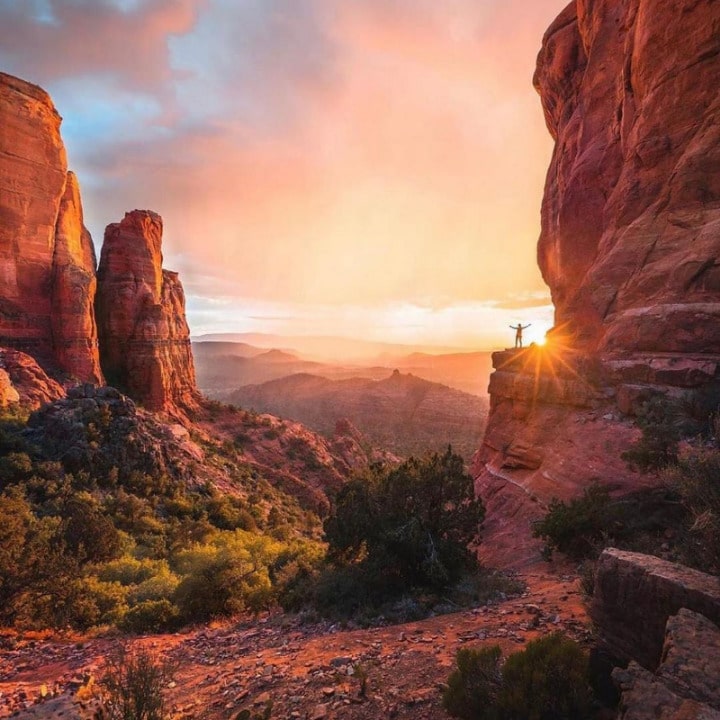
The Grand Canyon, located in Arizona, United States, is a steep-sided canyon carved by the Colorado River.
The Grand Canyon is 277 miles long, up to 18 miles wide, and attains a depth of over a mile. A destination for many Americans and visitors from across the world.
Great Barrier Reef
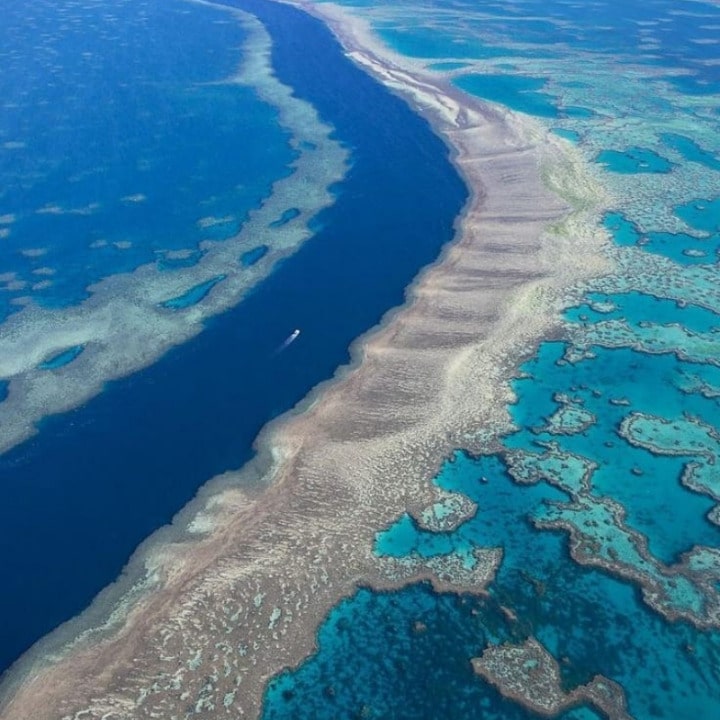
The Great Barrier Reef, located in the Coral Sea, off of the coast of Queensland, Australia, is the world’s largest coral reef system, composed of over 2,900 individual reefs.
Part of the reef is protected by the Great Barrier Reef Marine Park, which helps limit human use like fishing and tourism. The Reef has been negatively impacted by runoff, climate change, mass coral bleaching, dumping of sludge, and outbreaks of the crown-of-thorns starfish.
The Great Barrier Reef is an important part of the Aboriginal Australian and Torres Strait Islander peoples’ cultures.
Mount Everest
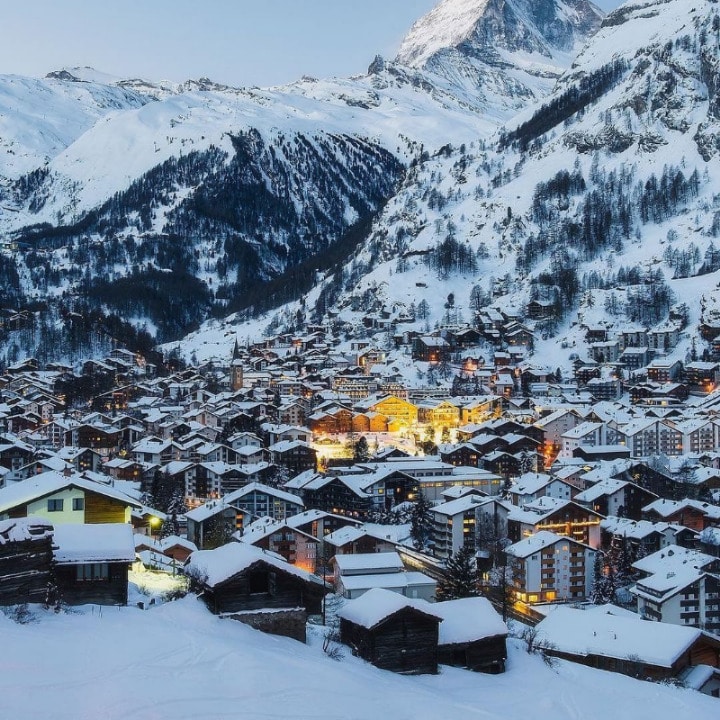
Mount Everest, located in the Himalayas, is Earth’s highest mountain above sea level.
The China–Nepal border runs across its summit point. Mount Everest attracts mountain climbers and adventurers every year, with two main climbing routes that can pose dangers such as altitude sickness, weather, wind, and significant hazards from avalanches.
Victoria Falls

Victoria Falls, located on the border between Zambia and Zimbabwe, is a waterfall on the Zambezi River in southern Africa, which provides a home for several unique species of plants and animals.
It’s considered to be one of the world’s largest waterfalls, with a width of over 5,000 feet.
Parícutin
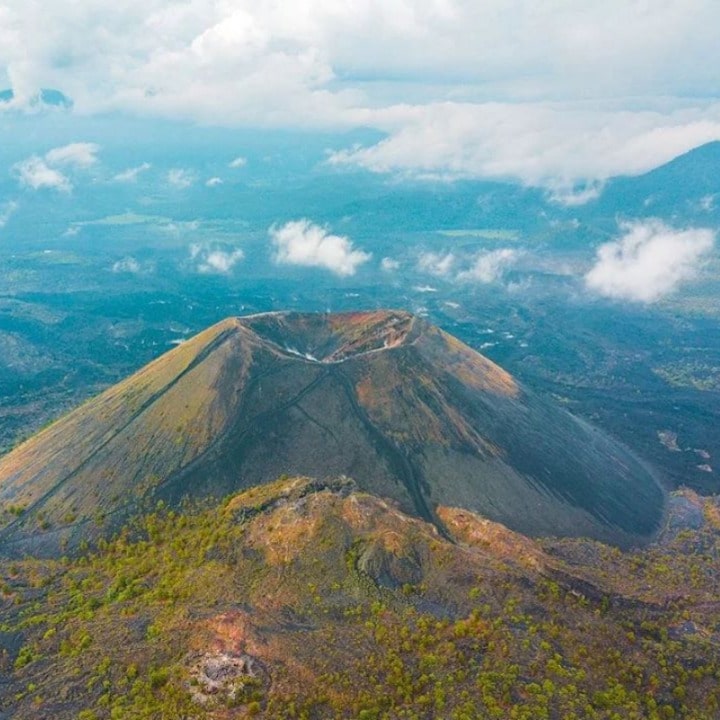
Paricutin, located in the Mexican state of Michoacán, is a cinder cone volcano that suddenly erupted from the cornfield of local farmer Dionisio Pulido in 1943.
Paricutín became a learning experience for modern science to document the full life cycle of an eruption of this kind. It is now a dormant volcano and attracts thousands and thousands of visitors.
7 New Wonders of the World
Over 100 million people voted to declare the New Seven Wonders of the World, a list with no order, that aims to represent global heritage.
Machu Picchu
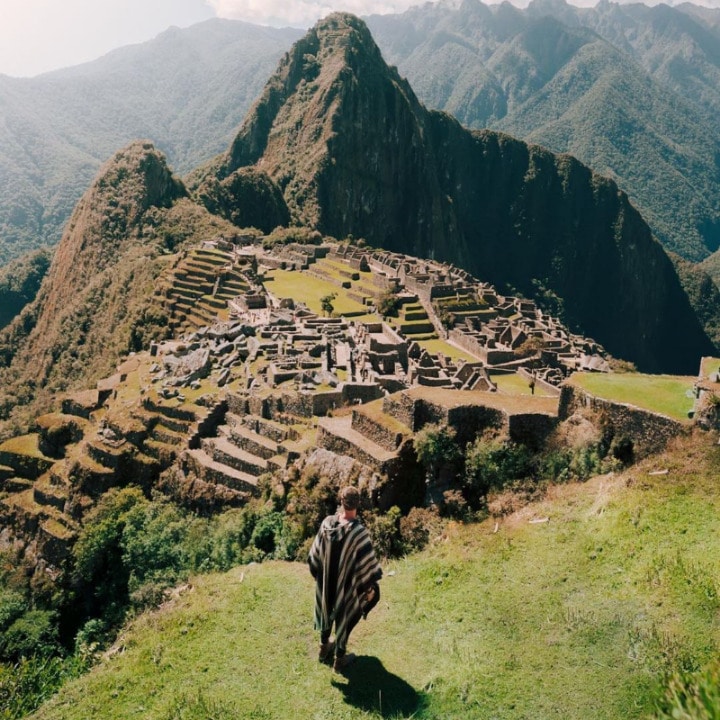
Machu Picchu, located in the Eastern Cordillera of southern Peru, is a 15th-century Inca citadel sitting on a 7,970-foot mountain ridge.
Many archaeologists believe Machu Picchu was constructed for the Inca emperor Pachacuti. It was built around 1450 in classical Inca style, with polished dry-stone walls, but abandoned a century later at the time of the Spanish conquest.
Its three primary structures are the Intihuatana, the Temple of the Sun, and the Room of the Three Windows. Many of the outer buildings have been restored to give visitors a better sense of how it what it once looked like.
Machu Picchu has earned a long list of titles including a Peruvian Historic Sanctuary in 1981, a UNESCO World Heritage Site in 1983, and one of the New Seven Wonders of the World in 2007.
Taj Mahal
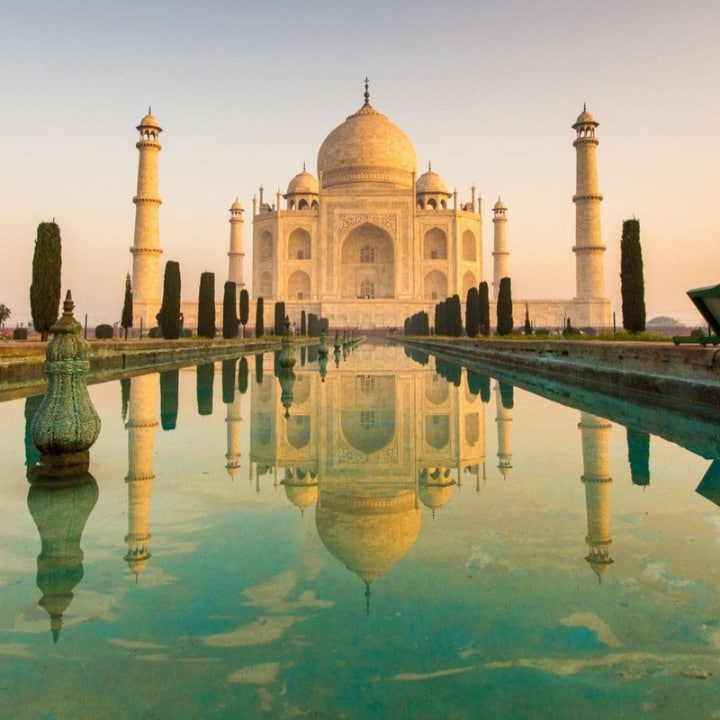
The Taj Mahal, located on the southern bank of the Yamuna river, in the Indian city of Agra, is an ivory-white marble mausoleum.
In 1632, it was commissioned by the Mughal emperor Shah Jahan to house the tomb of his favorite wife, Mumtaz Mahal. It holds his tomb as well.
These tombs are part of a 42-acre complex that includes a mosque, a guest house, and a set of formal gardens. The Taj Mahal, a symbol of India’s rich history, was designated as a UNESCO World Heritage Site in 1983.
Great Wall of China
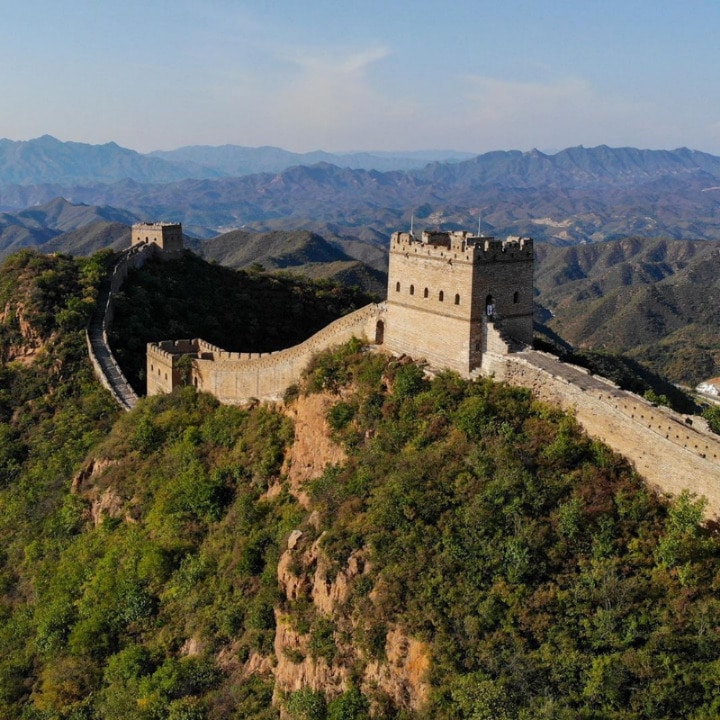
The Great Wall of China, located along the northern borders of China, is a series of fortification systems generally built to protect and consolidate territories of Chinese states and empires against various nomadic groups.
Walls were being built in the 7th century BC and several parts were joined together by Qin Shi Huang, the first emperor of China, from 220–206 BC. Later on, several other dynasties have built and maintained stretches of the wall, the most popular parts of it were built by the Ming dynasty.
The Great Wall (also a UNESCO World Heritage site) was created for defense, but also border controls, allowing the imposition of duties on goods transported along the Silk Road, regulation or encouragement of trade, and the control of immigration and emigration.
The Roman Colosseum
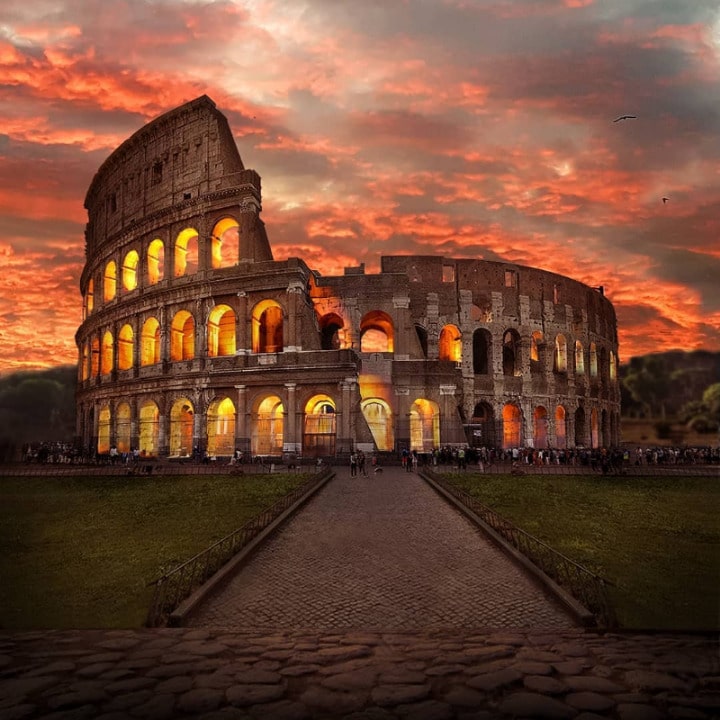
The Roman Colosseum, located in the city center of Rome, Italy, is an oval amphitheater built of travertine limestone, tuff, and brick-faced concrete.
During that time, it was the largest amphitheater ever built and could hold 50,000 to 80,000 spectators. Construction began under the emperor Vespasian in AD 72 and was completed in AD 80 under Titus.
It was used for a variety of reasons including gladiatorial contests and public spectacles such as mock sea battles, animal hunts, executions, reenactments of famous battles, and dramas based on Roman mythology. It was later used for housing, workshops, quarters for a religious order, a fortress, a quarry, and a Christian shrine.
Chichen Itza
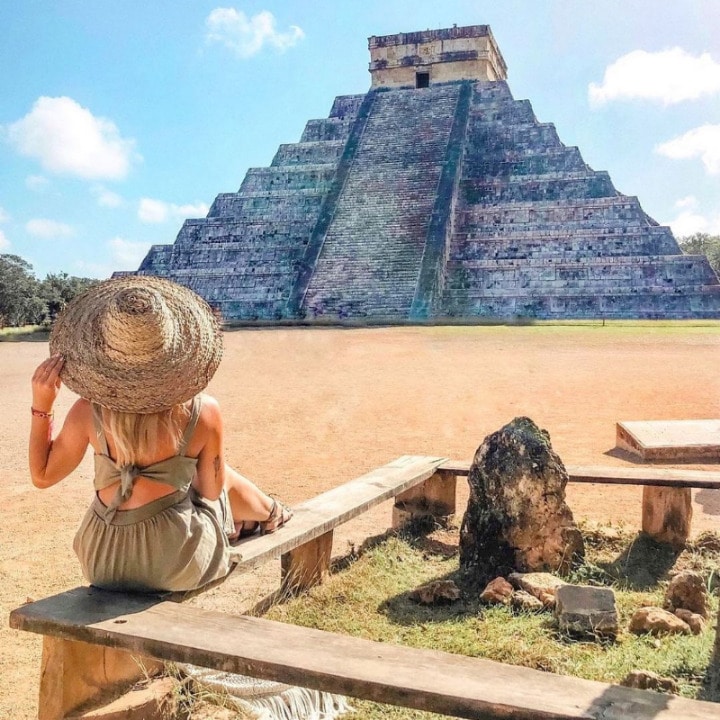
Chichen Itza, located in the Yucatán State, Mexico, was a large pre-Columbian city built by the Maya people of the Terminal Classic period.
The site is known for its exhibit of multiple architectural styles seen in both central Mexico and the Northern Maya lowlands. Chichen Itza was one of the largest Mayan cities, may have been one of the mythical great cities, also known as Tollans, referred to in Mesoamerican literature, and it is one of the most visited archaeological sites in Mexico.
Christ the Redeemer Statue
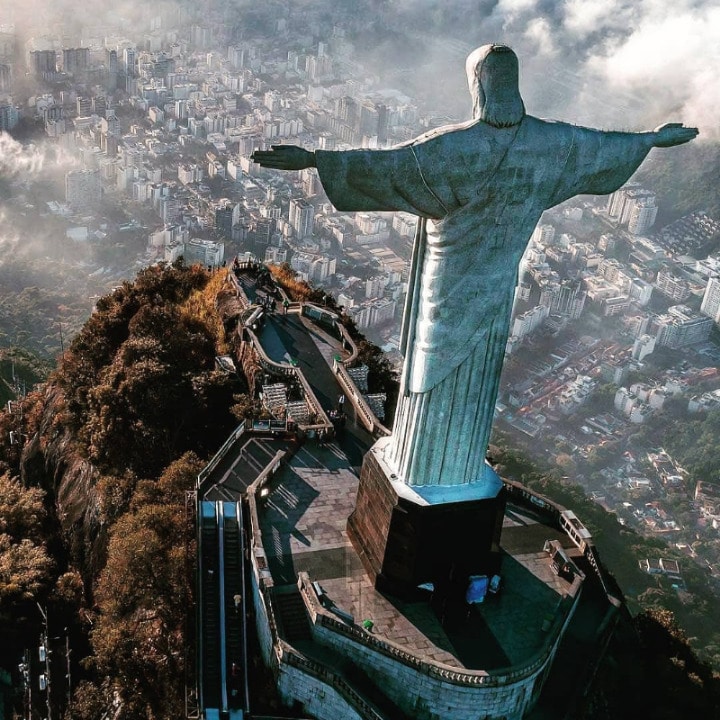
The Christ the Redeemer Statue, located in Rio de Janeiro, Brazil, is an art-deco statue of Jesus Christ, created by French sculptor Paul Landowski and built by Brazilian engineer Heitor da Silva Costa with French engineer Albert Caquot.
Constructed between 1922 and 1931, the statue sits on a 26 ft. pedestal, stands 98 ft. high, and its arms stretch 92 feet wide. This statue overlooks the city of Rio de Janeiro and is located at the peak of the Corcovado Mountain in the Tijuca Forest National Park. It is a symbol of Christianity across the world.
Petra, Jordan
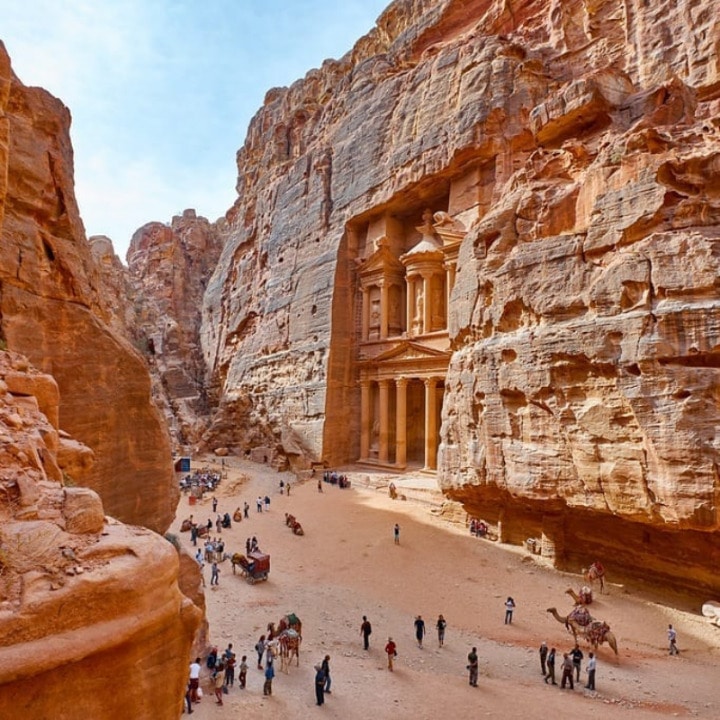
Petra is a famous historical and archaeological site located in Jordan. It lies around Jabal Al-Madbah in a basin surrounded by mountains and has been inhabited since as early as 7000 BC.
You can access Petra via a narrow canyon, Al Siq, which contains tombs and temples carved into pink sandstone cliffs. This helped the city earn its nickname, the “Rose City.”
The infamous Instagrammable structure you probably see the most is the 45m-high Al Khazneh, a temple with an ornate, Greek-style facade, known as The Treasury.
Now that you’ve seen our lists of all the different Wonders of the World, what did you think? Which are you hoping to visit one day? Leave us a comment below!




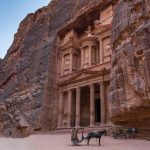










2 Responses
I wish to visit all of them
Us too!